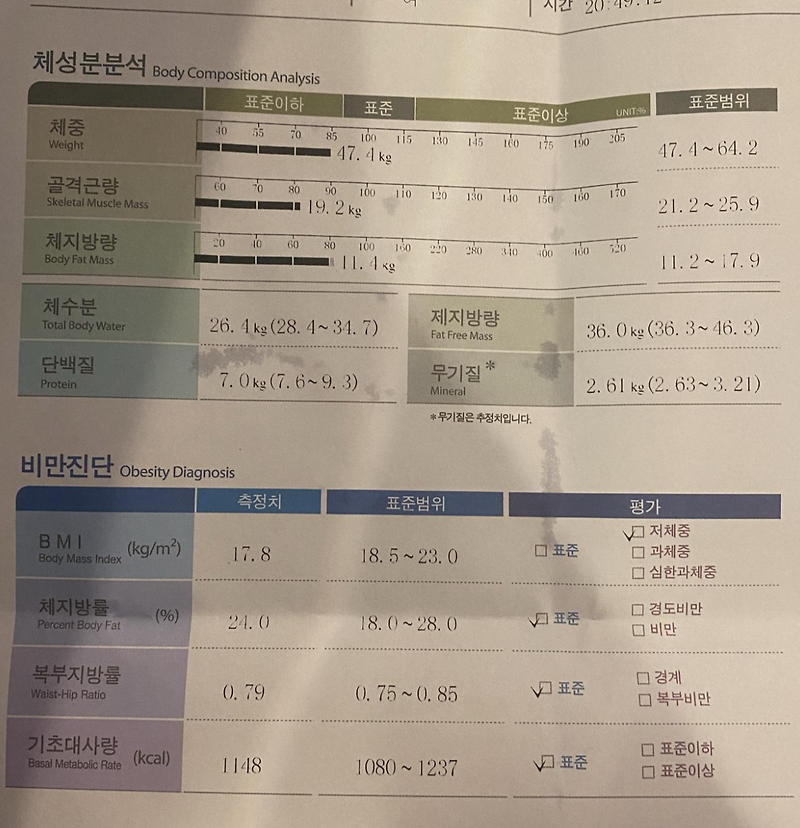당신은 얻을 뿌리 숫자가 있는 이진 트리 0 에게 9 오직.
트리의 각 루트-리프 경로는 숫자를 나타냅니다.
- 예를 들어 루트-리프 경로 1 -> 2 -> 3 숫자를 나타냅니다 123
돌려 주다 루트에서 리프까지의 모든 수의 총계. 답변이 a에 맞도록 테스트 케이스가 생성됩니다. 32비트 정수.
ㅏ 시트 노드는 자식이 없는 노드입니다.
예 1:

Input: root = (1,2,3)
Output: 25
Explanation:
The root-to-leaf path 1->2 represents the number 12.
The root-to-leaf path 1->3 represents the number 13.
Therefore, sum = 12 + 13 = 25.
예 2:

Input: root = (4,9,0,5,1)
Output: 1026
Explanation:
The root-to-leaf path 4->9->5 represents the number 495.
The root-to-leaf path 4->9->1 represents the number 491.
The root-to-leaf path 4->0 represents the number 40.
Therefore, sum = 495 + 491 + 40 = 1026.
제한:
- 트리의 노드 수가 범위 내에 있습니다. (1,1000).
- 0 <= Node.val <= 9
- 트리의 깊이를 초과하지 않음 10
#
'''
1. 아이디어 :
2. 시간복잡도 :
3. 자료구조 :
'''
# Definition for a binary tree node.
# class TreeNode:
# def __init__(self, val=0, left=None, right=None):
# self.val = val
# self.left = left
# self.right = right
class Solution:
def sumNumbers(self, root: Optional(TreeNode)) -> int:
ans=()
def dfs(node, nums):
nums.append(str(node.val))
if not node.left and not node.right:
ans.append(int("".join(nums)))
if node.left:
dfs(node.left, nums)
if node.right:
dfs(node.right, nums)
nums.pop()
dfs(root, ())
return sum(ans)
